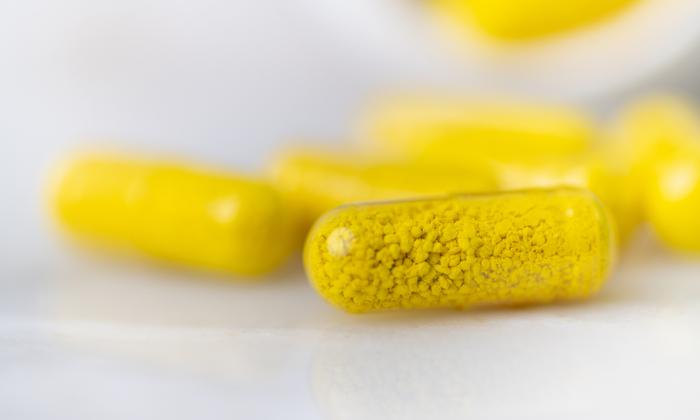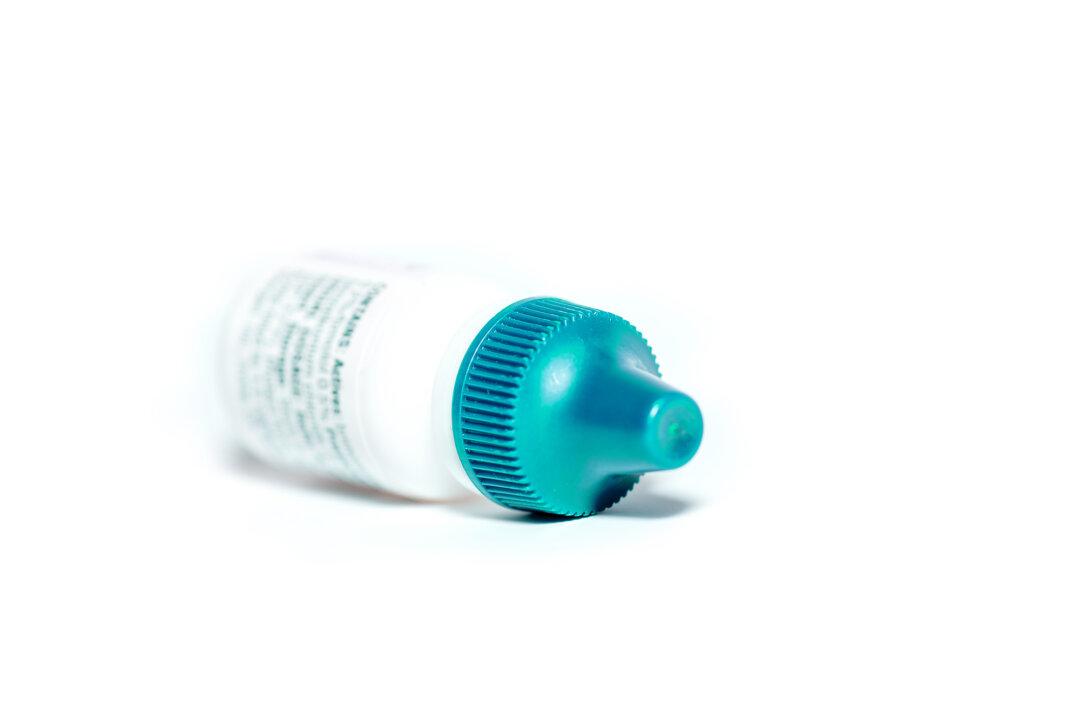“Drug shortages are increasing, lasting longer,” the Senate report reads. “The number of active drug shortages in the U.S. reached a peak of 295 at the end of 2022.”
Although drug shortages aren’t uncommon, the current shortage is sparking renewed interest among lawmakers.
Doctors Lack the Most Effective Medicines
From basic asthma medication to certain chemotherapies, doctors are finding it increasingly challenging to acquire the medicine they need to treat patients. The shortage places doctors in complicated positions of prioritizing certain patients’ needs above others, an increased ethical burden for health care professionals.Oncologists aren’t the only doctors facing difficult medical decisions.
Commonly used drugs such as albuterol, used when asthma patients experience life-threatening asthmatic attacks, are also in shortage. Amoxicillin, a generic antibiotic widely used to stop the spread of pneumonia, is needed. There’s a scarcity of epinephrine, which is used to treat severe allergic reactions. Children’s cold and flu medicine is also sparse.

“The majority of these medications are relatively simple to make and have been available for decades. How is it that they are unavailable in the United States—the wealthiest country in the history of human civilization?” Dr. Alex Oshmyansky said on May 11 in front of Congress’s Subcommittee on Oversight and Investigations, which is investigating the root cause of drug shortages.
Profit-Driven Motives?
While the reasons for the drug shortages are multifactorial, such as production malfunctions or insufficient raw materials, “the overarching theme is that almost all of these products are low-cost generic sterile injectables with low-profit margins,” according to Dr. William L. Dahut, chief scientific officer for the American Cancer Society.“This means manufacturers have little incentive to invest in process upgrades, expanded capacity, or redundancy in production facilities,” he told The Epoch Times.
“Companies make business decisions to discontinue manufacturing certain drugs, particularly generic drugs, based on profitability or other business considerations without always ensuring the continued manufacture of the drug elsewhere.”
“It’s important to note that these products are manufactured by private companies, and the FDA cannot require a pharmaceutical company to make a drug, make more of a drug, or change the distribution of a drug,” the U.S. Food and Drug Administration (FDA) wrote on Twitter in response to news of Akorn’s closure.
Because it’s outside of its statutory powers, the FDA doesn’t have the authority to compel drug companies to upregulate production. Democrats and Republicans are united in attempting to provide a solution to drug shortages. However, the solution is far from simple, given that the authority of agencies such as the FDA is a contentious topic among lawmakers.
But as the Senate’s report on drug shortages pointed out, neither the industry nor the federal government has end-to-end visibility of the pharmaceutical supply chain.
The Problem With Pharma Middlemen
In the May 18 hearing, Rep. Morgan Griffith (R-Va.) drew attention to the controversial practices of pharmaceutical middlemen. Middlemen are group purchasing organizations and pharmacy benefit management firms (PBMs) that negotiate drug rebates and fees, create drug formularies and surrounding policies, and reimburse pharmacies for patients’ prescriptions.“Middlemen,” Griffith said, “do not care to look for ways to mitigate shortages.
“The four largest group purchasing organizations control 90 percent of the medical supply market and have massive market power. They could help end drug shortages by prioritizing generic drugs’ availability and quality. Instead, they use their market power to force ‘race-to-the-bottom’ pricing without consideration for quality or availability.”
“The largest PBMs are integrated with the largest health insurance companies and wholly-owned mail-order and specialty pharmacies. They influence which drugs are prescribed to patients, which pharmacies patients can use, and how much patients ultimately pay at the pharmacy counter,” the Federal Trade Commission stated on May 17.
Although the commission hasn’t stated when it'll release its findings, the inquiry “is aimed at shedding light on several PBM practices.” But for now, it appears that the solutions to end drug shortages remain in the dark.





